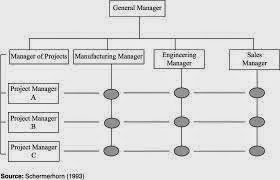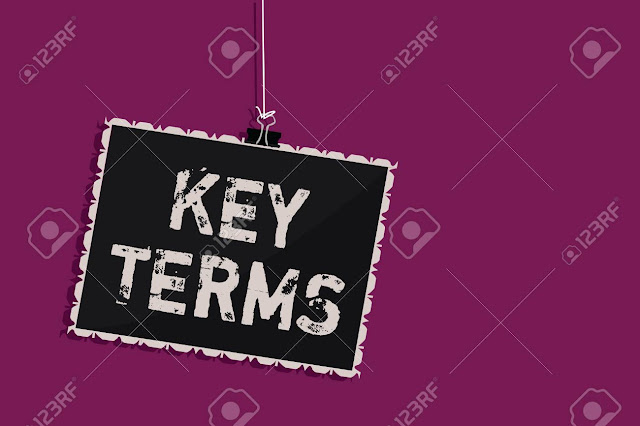LEVELS OF MANAGEMENT
Manager work in organizations. They perform
management function. They direct activities of other people. They create conducive environment to get the jobs
done .Managers have a hierarchy with respective skills consisting of three
levels.
i. Top Level of Management
The Top Level
Management consists of the Board of Directors (BOD) and the Chief Executive
Officer (CEO). The Chief Executive Officer is also called General Manager (GM)
or Managing Director (MD) or President. The Board of Directors are the
representatives of the Shareholders, i.e. they are selected by the Shareholders
of the company. Similarly, the Chief Executive Officer is selected by the Board
of Directors of an organisation.
The main role of the
top level management is summarized as follows :-
a)
The top level management determines the
objectives, policies and plans of the organization.
b)
They mobilizes (assemble and bring
together) available resources.
c)
The top level management does mostly the
work of thinking, planning and deciding. Therefore, they are also called as the
Administrators and the Brain of the organisation.
d)
They spend more time in planning and
organising.
e)
They prepare long-term plans of the
organisation which are generally made for 5 to 20 years.
ii. Middle Level
of Management
The Middle Level
Management consists of the Departmental Heads (HOD), Branch Managers, and the
Junior Executives. The Departmental heads are Finance Managers, Purchase
Managers, etc. The Branch Managers are the head of a branch or local unit. The
Junior Executives are Assistant Finance Managers, Assistant Purchase Managers,
etc. The Middle level Management is selected by the Top Level Management.
The middle level
management emphasize more on following tasks :-
a)
Middle level management gives
recommendations (advice) to the top level management.
b)
It executes (implements) the policies
and plans which are made by the top level management.
c)
It co-ordinate the activities of all the
departments.
d)
They also have to communicate with the
top level Management and the lower level management.
e)
They spend more time in co-coordinating
and communicating.
iii.
Lower Level
of Management
The lower level
management consists of the Foremen and the Supervisors. They are selected by
the middle level management. It is also called Operative / Supervisory level or
First Line of Management.
The lower level
management performs following activities :-
a. Lower
level management directs the workers / employees.
b. They
develops morale in the workers.
c. It
maintains a link between workers and the middle level management.
d. The
lower level management informs the workers about the decisions which are taken
by the management. They also inform the management about the performance,
difficulties, feelings, demands, etc., of the workers.
e. They
spend more time in directing and controlling.



Comments